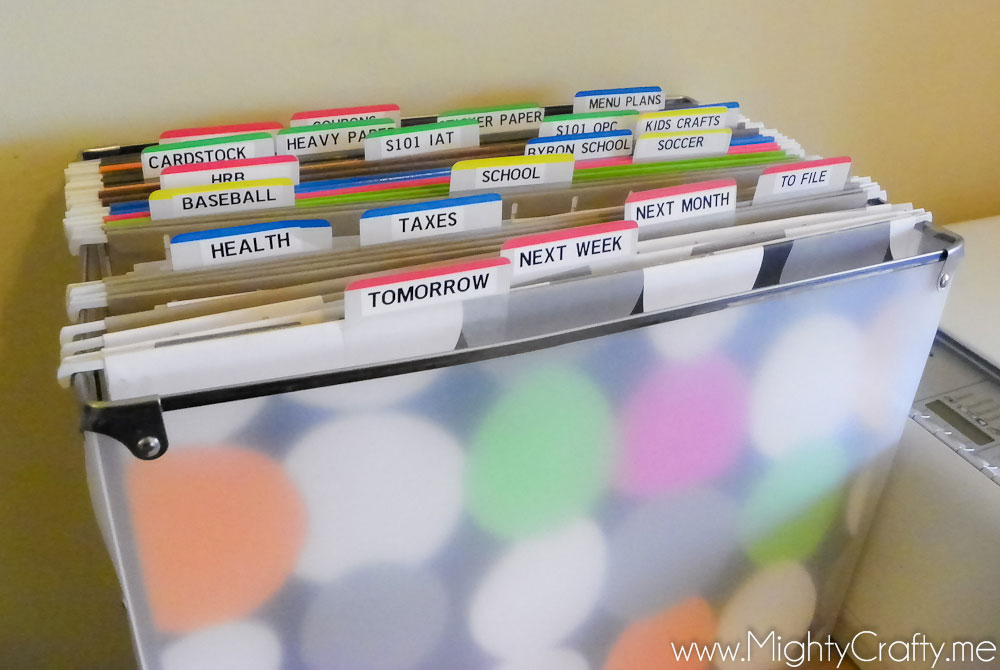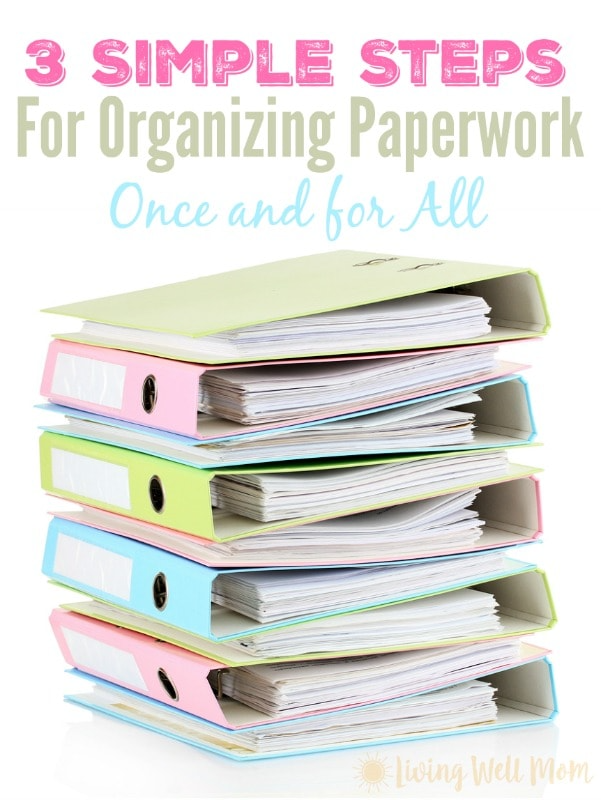7 Ways to Organize Teacher Paperwork Efficiently

As a teacher, managing paperwork efficiently is essential for reducing stress and increasing productivity. Whether you're dealing with lesson plans, grading, or parent communications, organization can significantly impact your ability to teach effectively. Here are seven strategies to streamline your paperwork management:
1. Categorize and Color Code

Start by categorizing your paperwork into different groups such as:
- Lesson Plans
- Assessments and Grades
- Student Records
- Administrative Documents
Once categorized, implement a color-coding system. For instance, use:
- Red for lesson plans
- Blue for assessments
- Green for student records
- Yellow for administrative documents
This visual cue helps in quick identification and sorting of documents, reducing the time spent searching for specific papers.
2. Utilize Digital Tools


Transitioning to digital methods can significantly reduce physical clutter:
- Google Drive or OneDrive: For storing lesson plans, worksheets, and assessments.
- Classroom Management Systems: Like Google Classroom or ClassDojo to handle assignments and feedback.
- Document Scanners: Apps like Adobe Scan or CamScanner can turn paper documents into digital files.
This not only saves space but also makes it easier to share and collaborate with colleagues and parents.
🔍 Note: Ensure to back up important digital files regularly to avoid data loss.
3. Create a System for Grading

Grading can be one of the most time-consuming tasks. Here’s how to make it efficient:
- Use Rubrics: Clearly defined criteria help in quicker and more consistent grading.
- Grading Apps: Tools like GradeCam or ZipGrade can automate some parts of the grading process.
- Batch Grading: Grade similar assignments in batches to maintain a consistent pace.
Keep a grading schedule to ensure you don’t fall behind.
4. Prioritize with a To-Do List

Start your day or week by listing tasks:
| Task | Priority | Due Date |
|---|---|---|
| Grade history essays | High | Friday |
| Prepare for parent-teacher conference | Medium | Next week |
| Update lesson plan for next month | Low | No deadline |

Regularly updating this list will help manage your workload efficiently.
5. Establish Routine Filing

To maintain your organization system:
- At the end of each week, spend time filing away graded papers or other documents into your categorized system.
- Use binders or file folders with labels corresponding to your color-coding strategy.
This prevents the accumulation of unfiled papers.
6. Implement a Clean Desk Policy

End each day with a clean workspace:
- Put away items not in use.
- File documents immediately.
This not only helps start the next day on the right foot but also psychologically prepares you for a new day of teaching.
📎 Note: A cluttered desk can reflect a cluttered mind. Keep it tidy for mental clarity.
7. Review and Update Systems

Periodically review your organizational systems:
- Does the color-coding still make sense?
- Are there digital tools you’ve ignored that could now be useful?
- Is your filing system efficient?
Adjust as needed to ensure your methods evolve with your needs.
By implementing these strategies, teachers can significantly reduce the chaos of paperwork, leading to a more organized, productive, and less stressful environment. Organization not only enhances your teaching but also impacts the learning atmosphere positively. With these systems in place, you'll find more time for what truly matters—engaging with students, developing lessons, and providing meaningful feedback.
What if I start the year with these strategies but find it hard to maintain?

+
Starting with organization is great, but maintaining it can be challenging. Set small, achievable goals for each week. Review your system regularly and make adjustments. Don’t be too hard on yourself; it’s a process.
Can these organizational strategies work for subjects other than language arts or math?

+
Absolutely! These strategies are adaptable to any subject or grade level. Tailoring the categories to fit the specific needs of your subject can make them even more effective.
What about teachers who teach multiple subjects?

+
If you teach multiple subjects, consider separate folders or sections in your binders for each subject. Maintain consistent color-coding across subjects or use subject-specific colors for different purposes within each subject.
Is digital organization a better solution than physical filing?

+
Digital organization can complement physical filing, reducing clutter and making sharing easier. However, for some documents, like detailed feedback on essays or projects, physical copies might be more practical. A hybrid approach might be the best solution.
How can I motivate myself to stay organized?

+
Use visual rewards like stickers or checklists to motivate yourself. Also, reflect on how an organized workspace impacts your stress levels and teaching efficiency. Sometimes, the intrinsic benefits are enough motivation.



